How ChatOps Is Modernizing Security Remediation in DevSecOps
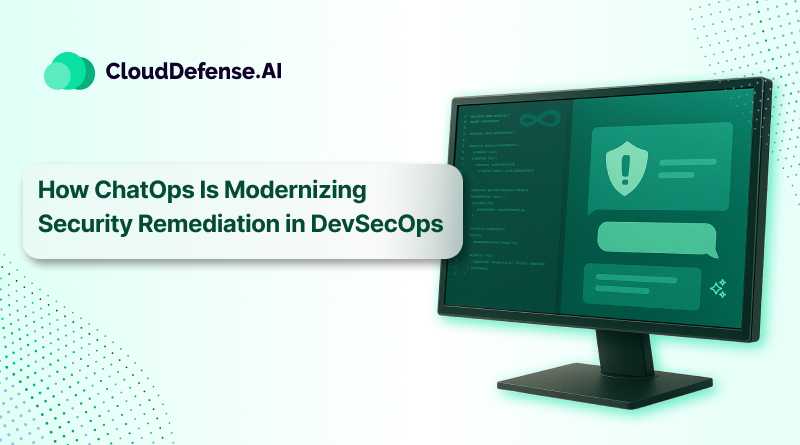
The emergence of DevSecOps methodology has completely reshaped how organization secure their application development lifecycle. It has enabled organizations to embed security guardrails into every stage of development. However, with increasing complexity and an accelerated development cycle, organizations need a high-paced remediation process to address issues. Organizations require a transformative approach to cope with the […]
A Step-By-Step Guide to Automating AppSec Workflows Effectively
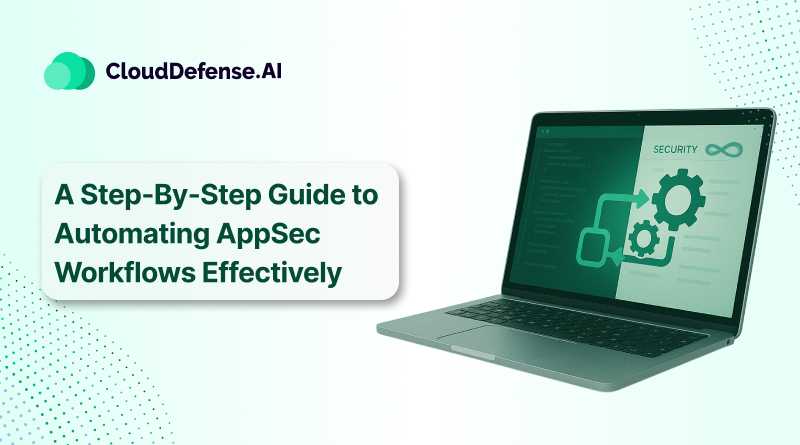
Application security has always been a cornerstone of modern organizations’ security posture. Most organizations are adopting Agile and DevOps development methodology to deliver applications faster to the market. However, to maintain a secure yet high velocity development process, automating AppSec workflow has become a necessity. It helps your security team automate repetitive security processes and […]
How to Secure Your Source Code Before Production with QINA Clarity (AI SAST)
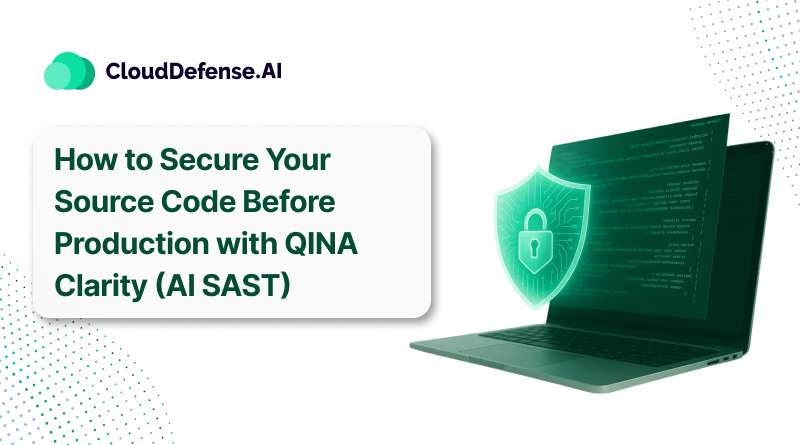
With time, developer’s reliance on AI-based code editors is increasing. It is estimated that in 2024, AI code assistants were used to write approximately 250 billion lines of code for various development tasks. According to the latest statistics, around 50% of applications are developed using AI-generated code. Well, AI code editors help in productivity and […]
The Hidden Cost of False Positives in Application Security
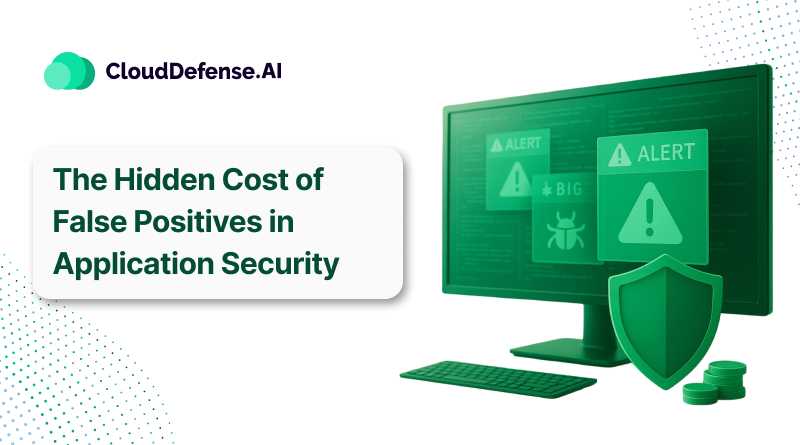
Organizations are always in an endless pursuit of delivering secure applications in an evolving cybersecurity world. Application security tools play a vital role in securely deploying applications through consistent security scanning code, detecting vulnerabilities, and providing alerts. However, identifying and providing alerts about security threats is half part of the battle. A lot of efficiency […]
Fast & Secure: How QINA Clarity Scans in Under 2 Minutes
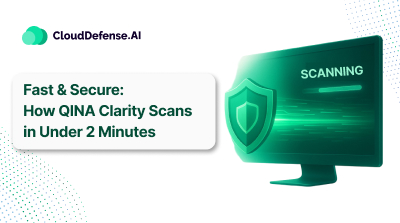
In today’s application development process, security and speed are of utmost importance. To maintain a fast development cycle, quick and streamlined CI/CD security scanning plays a vital role. For years, traditional Static Application Security Testing (SAST) was utilized for CI/CD security scanning and identifying vulnerabilities in the codebase. However, this AppSec tool is creating a […]
CSPM vs DSPM: Learn Why You Need Both
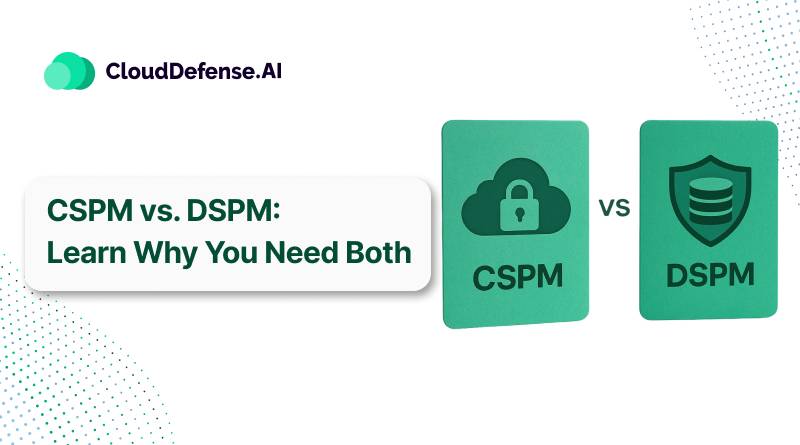
Organizations are increasingly adopting cloud technologies to enhance efficiency and scalability. However, this shift also introduces complex security challenges, particularly in protecting cloud infrastructures and the sensitive data they handle. Two critical strategies, CSPM and DSPM, can address these concerns. CSPM focuses on identifying and rectifying security risks within cloud environments, ensuring that configurations adhere […]
How to deploy Redis Cluster on Kubernetes?
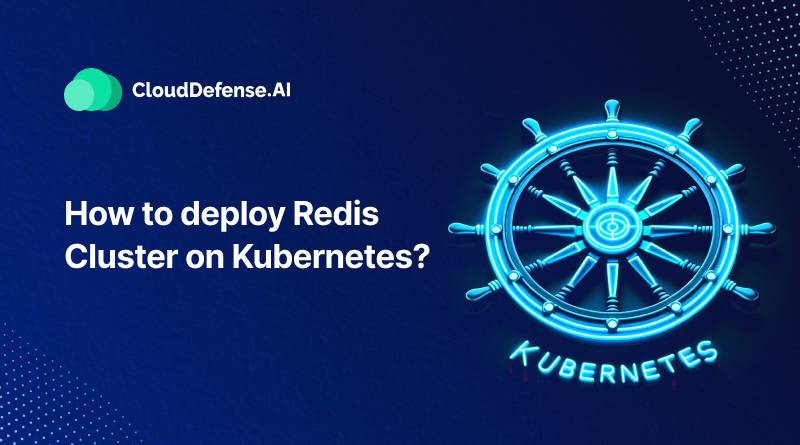
apiVersion: apps/v1 kind: StatefulSet metadata: name: my-redis-cluster namespace: my-redis-namespace spec: serviceName: my-redis-cluster-service replicas: 9 selector: matchLabels: app: my-redis-cluster In this example, the StatefulSet named “my-redis-cluster” is defined, utilizing the “my-redis-namespace” namespace, and it will create 9 replicas for the Redis cluster. The “app: my-redis-cluster” label […]
Using Open Policy Agent (OPA) to Improve Your Cloud Security
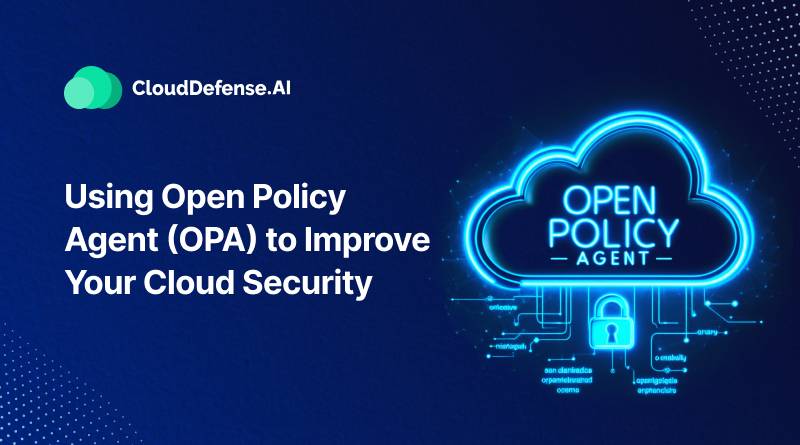
package example default allow = false allow { input.method == “GET” input.path = [“payment”, “jane”] }
What is ICMP? | Internet Control Message Protocol
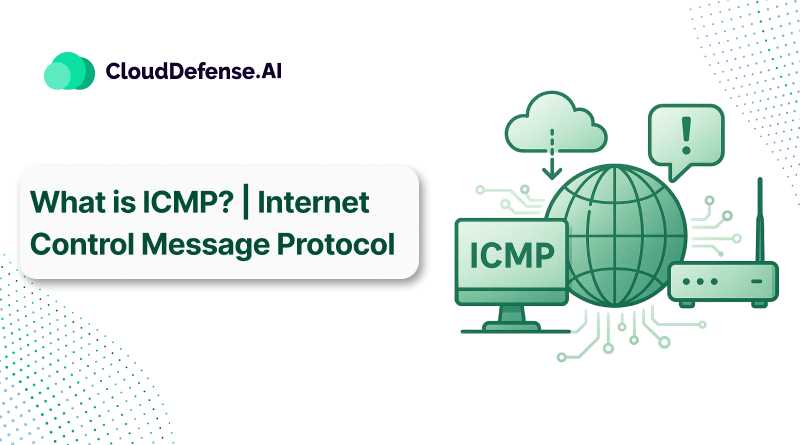
ICMP (Internet Control Message Protocol) is a network protocol used for error reporting and diagnostic functions in IP networks.
What is IGMP? | Internet Group Management Protocol
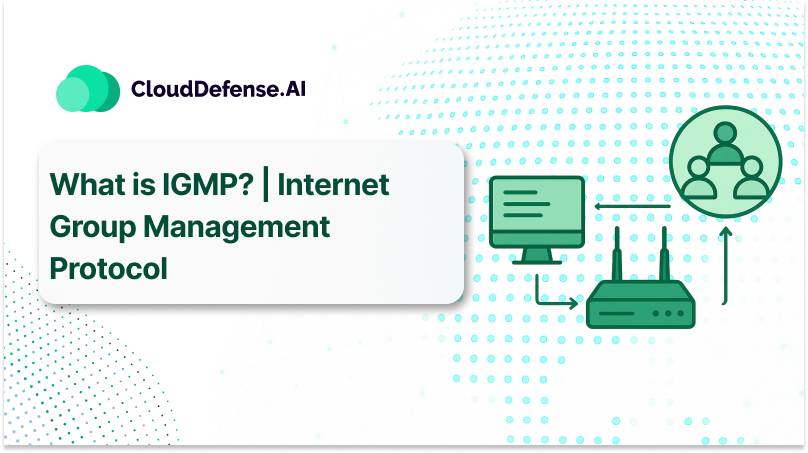
IGMP (Internet Group Management Protocol) is a communication protocol used to manage multicast group memberships in IP networks.



